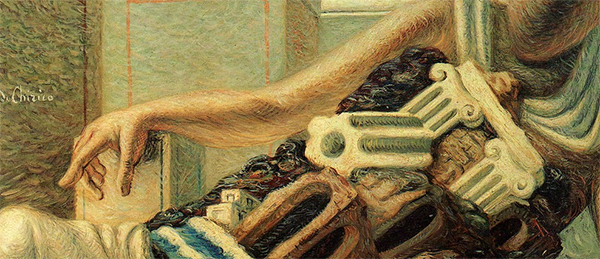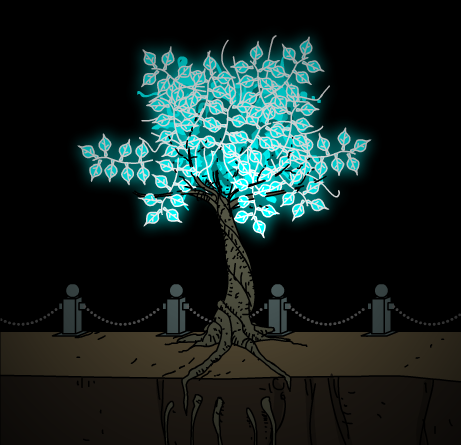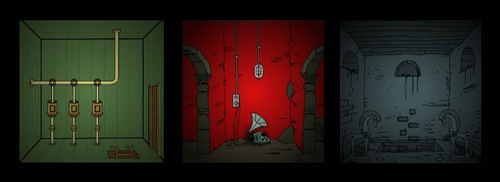Submachine 10, Martin Bak review
December 31, 2015
 For more than 10 years, the Polish artist Mateusz Skutnik has excited fans of point n’click adventures around the world with his unique submachine series. On average, there has been a new game every year, and this year he has put an end to the series with the masterpiece “Submachine 10 – The Exit”.
For more than 10 years, the Polish artist Mateusz Skutnik has excited fans of point n’click adventures around the world with his unique submachine series. On average, there has been a new game every year, and this year he has put an end to the series with the masterpiece “Submachine 10 – The Exit”.
Where other publishers of this game type often calls to small quickly made game with questionable graphics and more or less random tasks to be solved, Mateusz goes another way. His game is hand drawn. So how true hand-drawn with pen, paper and colors. And his creativity sends the player on an exceptionally beautiful and thoughtful adventure through ingenious locations where strange mechanisms and plasma and karma portals must work to get it all to go up to a higher level. Along the way we are explaind of this strange phenomenon via messages that slowly reveals what “submachine” really is – but without it ever becomes quite understandable.
But beautiful and entertaining it is.
His game has evolved over time. Sub-1, which was published for more than 10 years ago, was a relatively simple game. Still very accomplished but as nothing compared to what was to come. For each episode, the games become increasingly perfected and advanced, both graphically and in relation to the tasks complexity. Each new episode has revealed a little more of submachines being.
In Submachine 10 – has just come out, he gathers all the threads. We are led back through all the previous games, the scenes we know, but the ravages of time are clearly visible. Places we’ve seen in previous episodes are jammed or broken, but still needed for this grand finale. The game is probably the largest and most complete point n ‘click game yet seen. And at the same time incomprehensible beautifully made. He has spent almost two years to make this game, and you understand why.
I just played sub-10 It took me 3 days. But three days consumed with curiosity and wonder.
Mateusz offers a free version of its online gaming. There you get a relatively small screen to play on, but it’s still a great experience. If you want all the details, however one should spend the $ 5 (about 35 kr.) As it costs to buy sub-10 in HD and full screen, or the $ 25 for the entire series.
Martin Bak








 10 : The Exit
10 : The Exit

